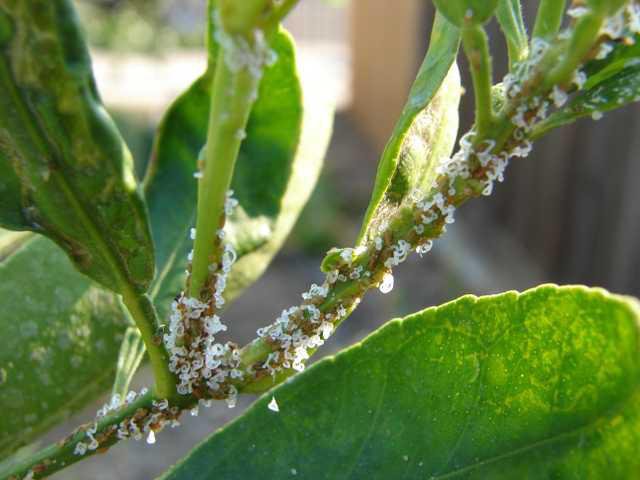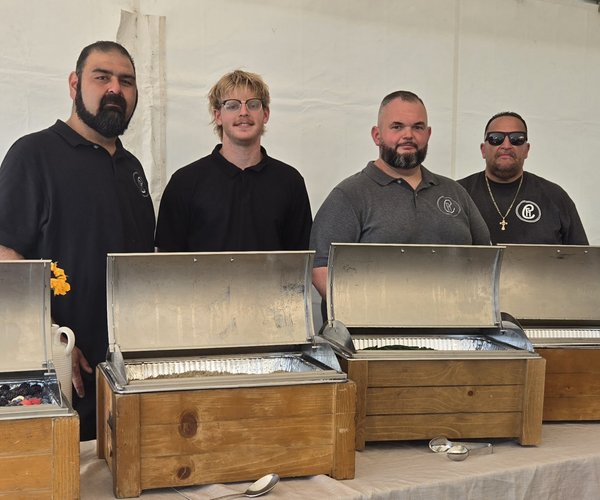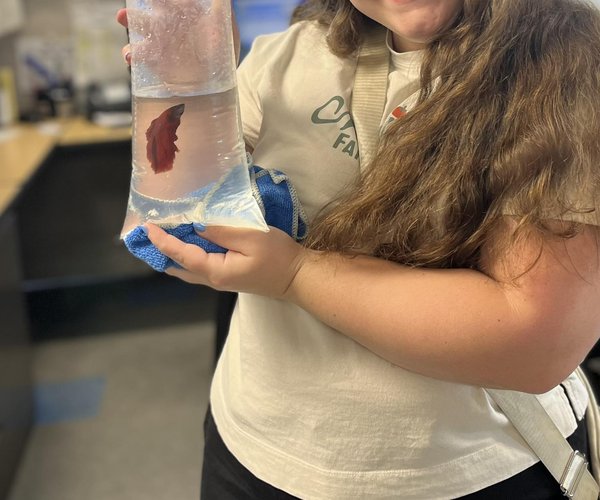Manteca will soon expand existing quarantine areas for Asian Citrus Psyllids after more of the invasive species known to carry an incurable citrus disease were found within city limits earlier this month.
“The Asian Citrus Psyllid is a dangerous pest of citrus,” said Tim Pelican, San Joaquin County Agricultural Commissioner. “We are working to determine the full extent of this infestation so that we can protect our State’s vital citrus industry as well as our backyard citrus trees. Working together we can prevent the spread of this invasive species and the harm it can cause.”
While Pelican noted that San Joaquin County is home to very little commercial citrus, there is a $10.7 billion dollar industry statewide — not counting the nursery industry which was increased significantly in some neighboring counties in recent years.
“It is our duty to not only help protect the industry in our neighbor counties but also the citrus that many of us grow in our own backyards,” said Pelican.
Three ACPs, which are invasive insects that feed on the leaves and stems of citrus trees, were confirmed on Sept. 13 near N. Union Road and Lathrop Road. These insects are known to spread huanglongbing, or citrus greening disease.
After an ACP feeds on a tree that is infected with HLB, it carries the disease-causing bacteria for life and can transfer the disease when feeding on other trees. Although HLB does not pose a threat to humans or animals, there is no cure once a tree becomes infected.
A citrus plant infected with the disease typically declines and dies within a few years.
These finds were adjacent to an existing delimitation area for ACP that was initiated in 2014 in the southern section of San Joaquin County stretching from the eastern border near Escalon west to Alameda County line near the City of Tracy. The delimitation will now expand to a Northwest area of Manteca.
In response to these sightings, the San Joaquin County Agricultural Commissioner is cooperating with the California Department of Food and Agriculture and the United States Department of Agriculture to begin an extensive survey and deploy additional traps within the City of Manteca.
Treatment activities will be carried out on properties containing citrus within 400 meters of the detection site. A public meeting will be scheduled in advance of any treatment activity.
While Manteca found three new ACPs earlier this month, Stanislaus County Agricultural Commissioner Milton O’Haire was happy to announce that there have been no new sightings of the invasive citrus bug since June.
“We haven’t had any changes since the last find,” said O’Haire. “We’ve been doing all the trapping in those areas and have not discovered any more of the psyllids.”
Two insects were first detected in Turlock in October 2015 at a residential property near Highway 99 and West Main Street. Following this sighting, more psyllids were found in Oakdale and Modesto in January and June of this year, respectively.
“We would like to remind everybody that we do not have the disease in the area, we only found the psyllid,” said O’Haire. “It is still safe to eat fruit, but we would just ask the public to consume their fruit on their property to help the chances of the psyllid moving around.”
O’Haire said the quarantine has not been lifted in these areas as the CDFA must make a request to the USDA to remove it--a step that usually doesn’t come until after two years of negative finds.
“They keeping popping up everywhere and it doesn’t seem like we are slowing them down completely,” said O’Haire. “They are moving quite rapidly around the state, so our chances of getting the quarantine lifted is not very strong.”









